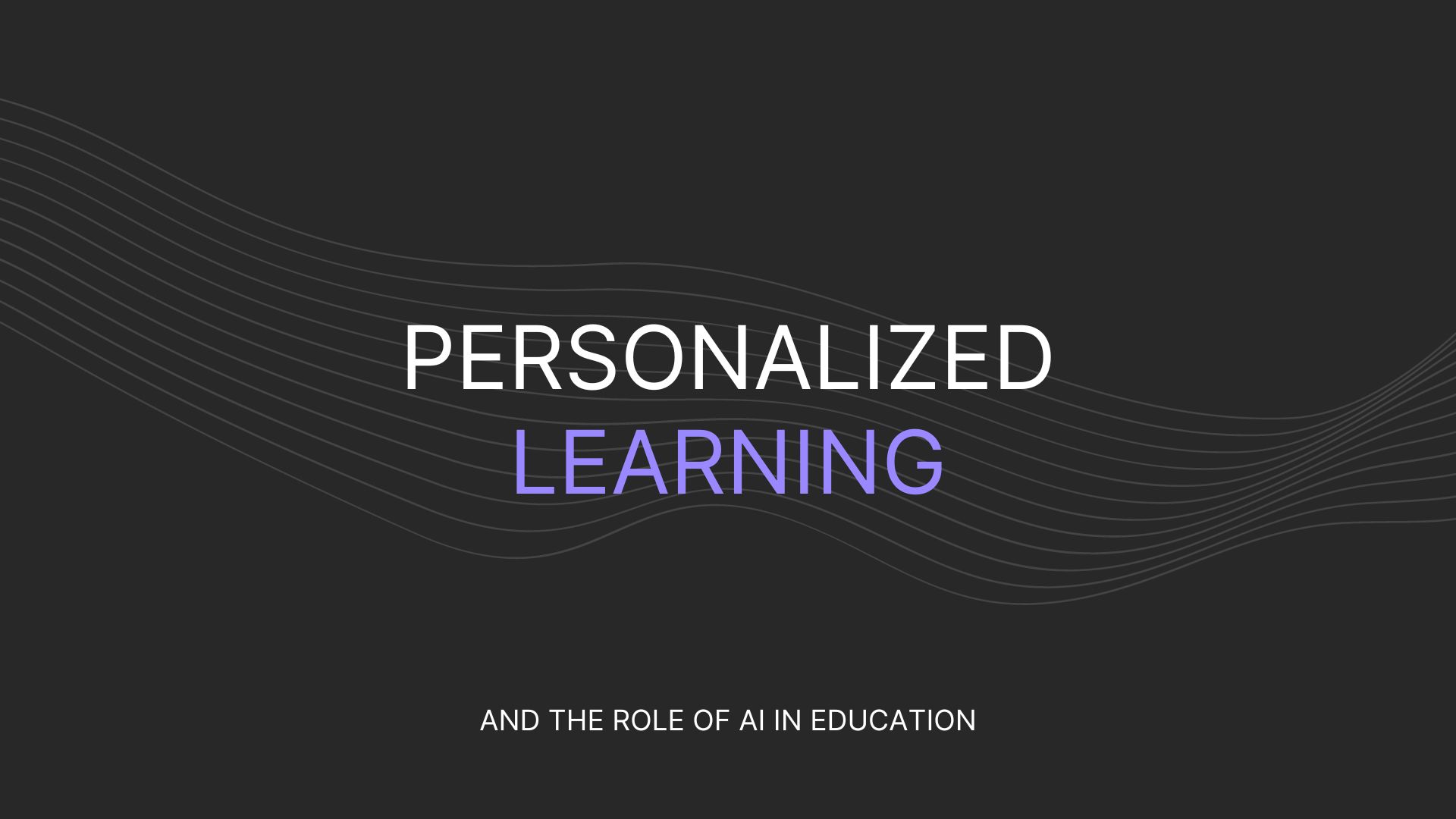Learning Through Involvement
Active learning is an approach that involves actively engaging students with the course material through discussions, problem solving, case studies, role plays and other methods.
In education, student engagement refers to the degree of attention, curiosity, interest, optimism, and passion that students show when they are learning or being taught, which extends to the level of motivation they have to learn and progress in their education.
Generally speaking, the concept of “student engagement” is predicated on the belief that learning improves when students are inquisitive, interested, or inspired, and learning tends to suffer when students are bored, dispassionate, disaffected, or otherwise “disengaged.” Stronger student involvement are common instructional objectives expressed by educators.
Tell me and I forget. Teach me and I remember. Involve me and I learn. -Benjamin Franklin
The above quote by Benjamin Franklin, a famous American Scientist & Statesman indicates how involvement in learning activities as regular practice, can help in the process of teaching and wisdom. We involve our kids in Activity based inquiry which is an interactive teaching and learning practice that enhances the skills required for studentship and also nurtures their team spirit and their prior knowledge. This method can imbibe curiosity and enthusiasm in kids which help them triumph encounters with the aid of live demonstrations.
As facilitators, we can make teaching more thought-provoking through this methodology. Countless activities are done in the classroom as a part of learning rendezvous. Activities bring vitality and ecstasy among the students. Through this process of erudition, they experience, commit to memory and comprehend. Students are provided with resources necessary to focus on their thinking and collaboration in the unit for the process of analysing and extracting information.
Hence, we proudly state the very famous saying that, when someone is taught the joy of learning, it becomes a life-long process that never stops, a process that creates a logical individual. That is the challenge and joy of teaching and learning. There are some Golden Rules to follow, for Engaging Students in Learning Activities.
Six factors to consider in designing lessons to help increase student engagement behaviorally, emotionally, and cognitively are as following:
1. Make it meaningful : In aiming for full engagement, it is essential that students perceive activities as being meaningful.
2. Foster a sense of competence : The notion of competence may be understood as a student's ongoing personal evaluation of whether he or she can succeed in a learning activity or challenge.
3. Provide Autonomy support : The autonomy support is nurturing the students' sense of control over their behaviors and goals.
4. Embrace collaborative learning : When students work effectively with others, their engagement may be amplified as a result , mostly due to experiencing a sense of connection to others during the activities.
5. Establish Teacher-Student Relationships : When students form close and caring relationships with their teachers, they are fulfilling their developmental need for a connection with others and a sense of belonging in society.
6. Promote mastery orientation : Finally, students' perspective of learning activities also determines their level of engagement. When students pursue an activity because they want to learn and understand (i.e. mastery orientations), rather than merely obtain a good grade, look smart, please their parents, or outperform peers (i.e. performance orientations), their engagement is more likely to be full and thorough.
When we think of student engagement in learning activities, it is often convenient to understand engagement with an activity as being represented by good behavior i.e., behavioral engagement, positive feelings i.e. emotional engagement, and, above all, thinking process i.e. cognitive engagement. In light of this research, considering the above six factors when designing and implementing learning activities, may help increase student engagement behaviorally, emotionally, and cognitively, thereby positively affecting student learning and achievement.



.jpeg)













































































